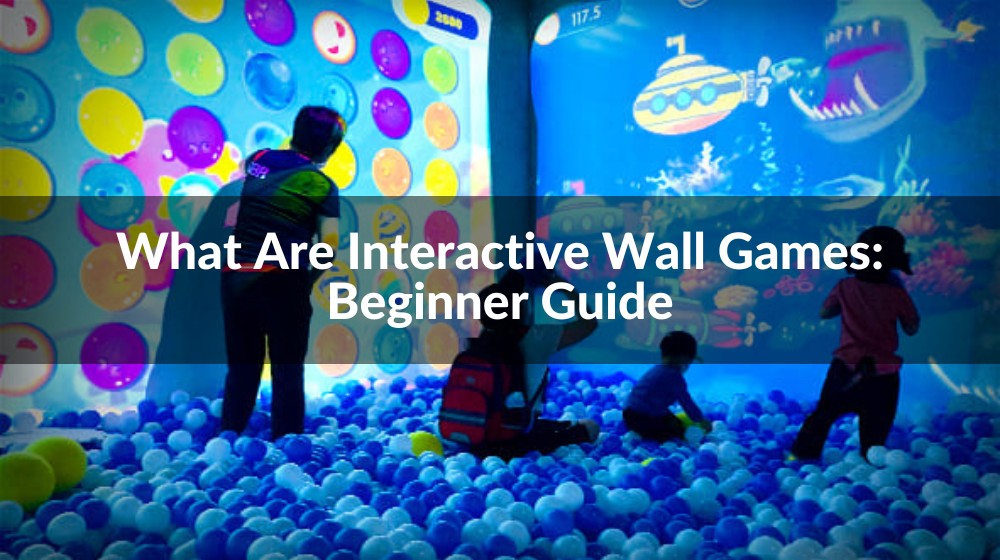Interactive game walls are revolutionizing the way we interact with digital content, offering a unique and immersive experience that engages users like never before. From retail stores to educational institutions, interactive game walls are shaping the interactive future and changing the way we learn, play, and engage with the world around us.
1.Benefits of Interactive Game Walls
Interactive game walls are revolutionizing the way we play, learn, and interact. These innovative installations offer a wide range of benefits, making them a valuable addition to any space. Here are some key advantages:
1. Engaging User Experience
Interactive game walls provide a highly engaging user experience, captivating audiences of all ages. Whether it's through interactive games, educational content, or artistic displays, these walls offer a unique and immersive experience that traditional displays cannot match.
2. Increased Brand Visibility
For businesses, interactive game walls offer a powerful way to increase brand visibility. By incorporating branded content and interactive elements, companies can attract and engage customers, leaving a lasting impression.
3. Educational Opportunities
Interactive game walls are not just for entertainment – they also offer valuable educational opportunities. Whether it's through interactive learning games or informative displays, these walls can enhance the learning experience and promote knowledge retention.
4. Social Interaction
One of the key benefits of interactive game walls is their ability to promote social interaction. Whether it's through multiplayer games or collaborative activities, these walls encourage communication and teamwork, fostering a sense of community.
5. Customization and Flexibility
Interactive game walls offer a high degree of customization and flexibility, allowing them to be tailored to specific themes, brands, or events. This versatility makes them suitable for a wide range of applications, from retail stores to event spaces.
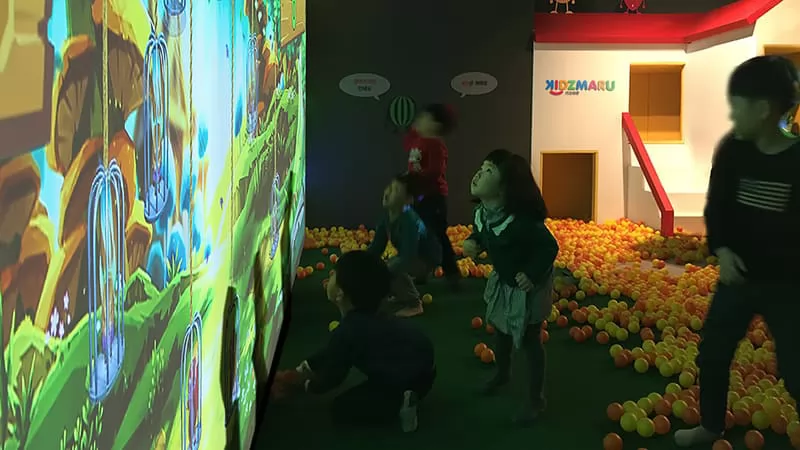
2.How Interactive Game Walls Work
Interactive game walls utilize a combination of hardware and software to create immersive and engaging experiences. Here's a basic overview of how they work:
1. Hardware Components
Interactive game walls typically consist of several key hardware components, including:
- Projection System: A high-quality projector is used to display interactive content onto the wall surface.
- Touch Sensors: Touch sensors or cameras are used to detect user interactions with the wall, allowing for a responsive user experience.
- Computing Hardware: A computer or media player is used to run the interactive software and control the display.
2. Software and Content
Interactive game walls rely on specialized software to create and display interactive content. This software allows for the creation of games, applications, and multimedia experiences that respond to user input.
3. User Interaction
Users interact with the interactive game wall by touching the surface or using gestures. The touch sensors or cameras detect these interactions and send the information to the software, which responds accordingly. This interaction creates a dynamic and engaging user experience.
4. Content Creation and Management
Creating and managing content for interactive game walls is typically done through a content management system (CMS). This allows for easy creation, editing, and scheduling of content, ensuring that the interactive experiences remain fresh and engaging.

3.Designing an Interactive Game Wall
Designing an interactive game wall requires careful planning and consideration of several key factors. Here are some steps to guide you through the design process:
1. Define Your Objectives
Start by defining the objectives of your interactive game wall. Are you looking to entertain, educate, or promote your brand? Understanding your goals will help guide the design process.
2. Choose the Right Technology
There are several technologies available for interactive game walls, including touchscreens, motion sensors, and gesture recognition. Choose the technology that best suits your objectives and budget.
3. Design the User Interface
The user interface is a critical aspect of the design process. Consider the user experience and design an interface that is intuitive, engaging, and easy to navigate.
4. Create Engaging Content
Engaging content is key to the success of an interactive game wall. Create games, quizzes, and interactive experiences that are fun, informative, and aligned with your objectives.
5. Test and Iterate
Once your interactive game wall is designed, it's important to test it with real users and gather feedback. Use this feedback to iterate on your design and improve the user experience.
6. Installation and Maintenance
Finally, ensure that your interactive game wall is installed correctly and is regularly maintained to ensure optimal performance. Consider factors such as lighting, wall surface, and accessibility during installation.
4.Integrating Interactive Game Walls into Different Industries
Interactive game walls are versatile installations that can be integrated into a wide range of industries, enhancing user engagement and creating memorable experiences. Here are some examples of how interactive game walls can be integrated into different industries:
1. Retail
In the retail industry, interactive game walls can be used to attract and engage customers, increase brand awareness, and promote products. For example, a clothing store could use an interactive game wall to create a virtual dressing room experience, allowing customers to try on clothes virtually.
2. Education
In the education sector, interactive game walls can be used to enhance learning experiences and make education more engaging. For example, a classroom could use an interactive game wall to teach students about history or science through interactive games and simulations.
3. Healthcare
In the healthcare industry, interactive game walls can be used to entertain and distract patients, reduce anxiety, and promote health education. For example, a hospital waiting room could use an interactive game wall to keep patients entertained while they wait.
4. Hospitality
In the hospitality industry, interactive game walls can be used to enhance the guest experience and differentiate a hotel or resort from competitors. For example, a hotel lobby could use an interactive game wall to provide guests with information about local attractions and activities.
5. Entertainment
In the entertainment industry, interactive game walls can be used to create immersive experiences for visitors. For example, an amusement park could use an interactive game wall to create interactive games and attractions.
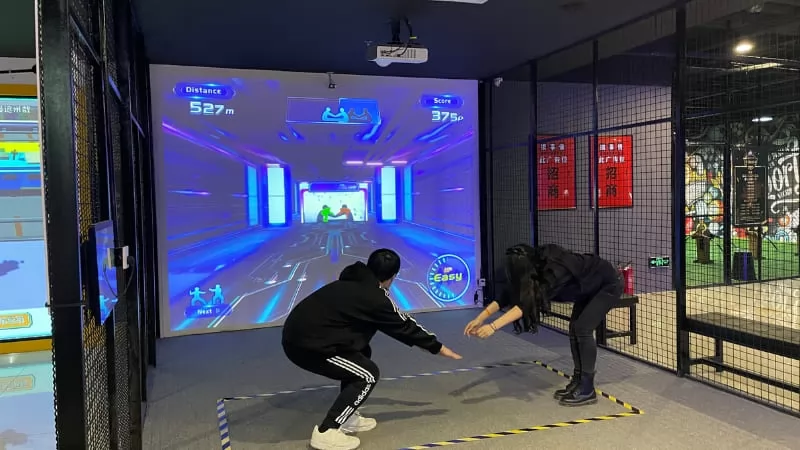
5.Influence on Consumer Behavior and Marketing Strategies
Interactive game walls have a profound impact on consumer behavior and can significantly influence marketing strategies. Here are some ways in which interactive game walls can influence consumer behavior and marketing strategies:
1. Increased Engagement
Interactive game walls are highly engaging, capturing the attention of consumers and encouraging them to interact with the content. This increased engagement can lead to a deeper connection with the brand and a higher likelihood of purchase.
2. Brand Awareness and Recall
Interactive game walls offer a unique and memorable experience, making it easier for consumers to recall the brand. By incorporating branded content and messaging into the interactive experience, companies can increase brand awareness and recall.
3. Data Collection and Personalization
Interactive game walls can collect valuable data about consumer behavior and preferences. This data can be used to personalize marketing strategies and offers, making them more relevant and appealing to consumers.
4. Viral Marketing Potential
Interactive game walls have the potential to go viral, especially if they offer a unique or entertaining experience. This viral effect can greatly expand the reach of a marketing campaign and increase brand visibility.
5. Influence on Purchase Decisions
Interactive game walls can influence consumer purchase decisions by providing engaging and informative content. For example, a retail store could use an interactive game wall to showcase product features and benefits, helping consumers make informed choices.
6.Implications for Education and Skill Development
Interactive game walls have the potential to revolutionize education and skill development, offering new opportunities for immersive and engaging learning experiences. Here are some key implications for education and skill development:
1. Enhanced Learning Experiences
Interactive game walls can provide enhanced learning experiences by making education more interactive and engaging. By incorporating games, simulations, and interactive content, educators can help students learn complex concepts in a fun and engaging way.
2. Skills Development
Interactive game walls can help develop a wide range of skills, including problem-solving, critical thinking, and collaboration. By engaging with interactive content, students can develop these skills in a hands-on and immersive environment.
3. Personalized Learning
Interactive game walls have the potential to personalize learning experiences based on individual student needs and preferences. By collecting data on student interactions, educators can tailor content to meet the unique learning styles of each student.
4. Accessibility and Inclusivity
Interactive game walls can improve accessibility and inclusivity in education by providing alternative ways for students to engage with learning materials. For example, students with disabilities may benefit from interactive content that is designed to accommodate their needs.
5. Lifelong Learning
Interactive game walls can promote lifelong learning by making education more engaging and accessible to people of all ages. By incorporating interactive elements into learning environments, educators can encourage a culture of continuous learning and skill development.
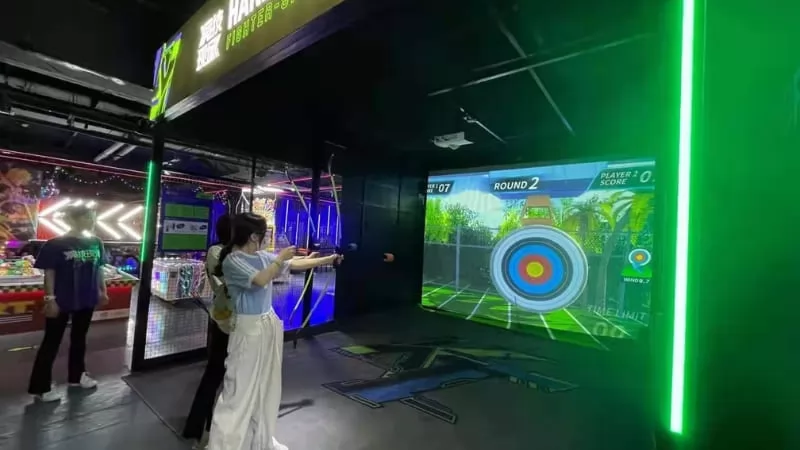
7.Tips for Maximizing Engagement with Interactive Game Walls
Interactive game walls offer a unique and engaging way to interact with users, but maximizing engagement requires careful planning and execution. Here are some tips to help you get the most out of your interactive game wall:
1. Create Compelling Content
The key to engaging users with an interactive game wall is to create compelling and relevant content. Whether it's a game, a quiz, or an informative display, make sure your content is interesting and appealing to your target audience.
2. Design for User Interaction
Design your interactive game wall with user interaction in mind. Make sure the interface is intuitive and easy to use, and provide clear instructions on how to interact with the wall.
3. Provide Incentives
Offering incentives can help increase engagement with your interactive game wall. Whether it's a prize for high scores or a discount for completing a task, incentives can motivate users to interact with the wall.
4. Use Gamification Techniques
Utilize gamification techniques to make your interactive game wall more engaging. This could include elements such as leaderboards, badges, and levels to encourage competition and engagement.
5. Promote Social Sharing
Encourage users to share their experiences with your interactive game wall on social media. This can help increase engagement and reach a wider audience.
6. Analyze and Iterate
Monitor the performance of your interactive game wall and use analytics to identify areas for improvement. Continuously iterate on your design and content to maximize engagement.
8.Tools and Technology for Creating Interactive Game Walls
Creating interactive game walls requires a combination of hardware and software tools. Here are some of the key tools and technologies you'll need:
1. Hardware Components
Key hardware components for creating interactive game walls include:
- Projection System: High-quality projectors are used to display interactive content onto the wall surface.
- Touch Sensors: Touch sensors or cameras are used to detect user interactions with the wall.
- Computing Hardware: A computer or media player is used to run the interactive software and control the display.
2. Software Tools
Software tools for creating interactive game walls include:
- Interactive Software: Specialized software is used to create and display interactive content, such as games and applications.
- Content Management System (CMS): A CMS is used to create, edit, and manage content for the interactive wall.
- Programming Languages: Knowledge of programming languages such as C++, Java, or Python may be required for more complex interactions.
3. Projection Mapping Software
Projection mapping software is used to create dynamic and immersive visual effects on the wall surface, enhancing the interactive experience.
4. Motion Capture Technology
Advanced interactive game walls may incorporate motion capture technology, which uses cameras and sensors to detect and respond to user movements.
5. Game Development Platforms
For creating interactive games, you may use game development platforms such as Unity or Unreal Engine, which provide tools for creating 2D and 3D games with interactive elements.
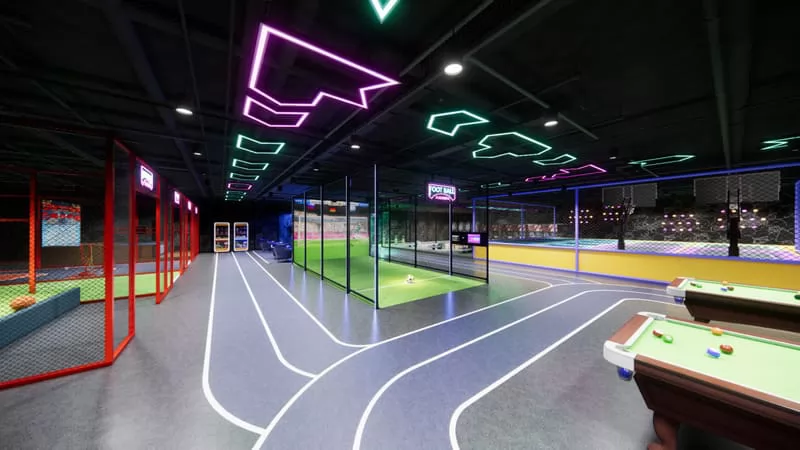
Leading the Way in Interactive Game Walls: Gooest Tech
In conclusion, interactive game walls are transforming the interactive landscape, offering endless possibilities for engagement and interaction. As we look to the future, companies like Gooest Tech are leading the way in creating innovative and immersive interactive experiences. With their cutting-edge technology and commitment to excellence, Gooest Tech is shaping the interactive future and revolutionizing the way we engage with digital content. Visit Gooest Tech's global website at https://www.gooest-tech.com/ to learn more about their interactive game walls and how they are shaping the future of interactive experiences.



.png)







